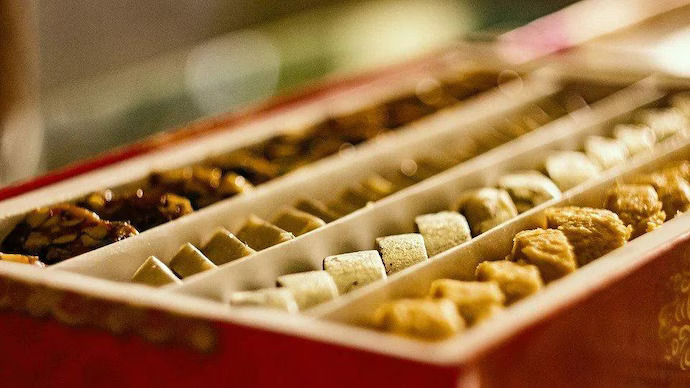A Brief History of Sugar-Free Sweets
"Early Beginnings
The quest for sugar-free alternatives began centuries ago, driven by the desire to enjoy sweetness without the adverse effects of sugar. Early attempts included the use of natural sweeteners such as honey, stevia, and licorice root. These natural sources provided a hint of sweetness but were not as potent or versatile as sugar.
The Discovery of Saccharin
The true revolution in sugar-free sweets began in the late 19th century with the discovery of saccharin. In 1879, chemist Constantin Fahlberg accidentally discovered saccharin while working on coal tar derivatives. This artificial sweetener was much sweeter than sugar and quickly became popular, especially among diabetics and those looking to reduce sugar intake.
Mid-20th Century Innovations
The mid-20th century saw the introduction of several new artificial sweeteners, including cyclamate in the 1950s and aspartame in the 1960s. Cyclamate was initially popular, but concerns about its safety led to its ban in several countries. Aspartame, discovered by accident in 1965 by chemist James Schlatter, became one of the most widely used sugar substitutes due to its low calorie content and sweet taste.
The Rise of Natural Alternatives
While artificial sweeteners dominated the market for decades, the late 20th and early 21st centuries saw a resurgence of interest in natural sweeteners. Stevia, derived from the leaves of the Stevia rebaudiana plant, gained popularity for its natural origin and zero-calorie sweetness. Other natural sweeteners, such as erythritol and xylitol, also became popular, offering a sugar-like taste without the calories.
Modern Sugar-Free Sweets
Today, the market for sugar-free sweets is vast and varied. Advances in food technology have led to the development of a wide range of products, from sugar-free chocolates and candies to baked goods and beverages. These products often use a combination of artificial and natural sweeteners to achieve the desired taste and texture.
Consumers now have more options than ever before, whether they are looking to manage their weight, control diabetes, or simply reduce their sugar intake. The demand for sugar-free sweets continues to grow, driven by increasing health awareness and the ongoing search for better, tastier alternatives.
Conclusion
The history of sugar-free sweets is a testament to human ingenuity and the constant quest for healthier alternatives. From the accidental discovery of saccharin to the modern-day variety of natural and artificial sweeteners, the journey of sugar-free sweets reflects broader trends in health, science, and consumer preferences. As technology and research continue to evolve, the future of sugar-free confections looks sweeter than ever."

